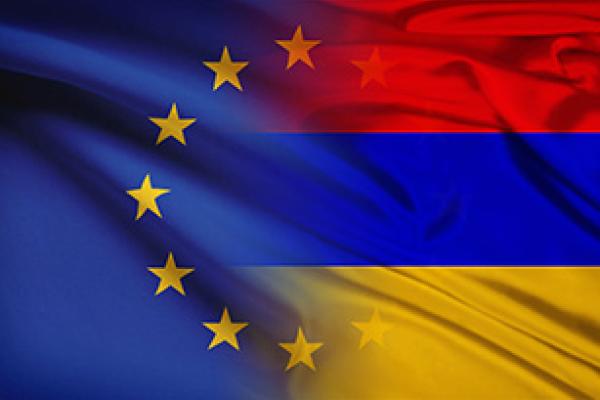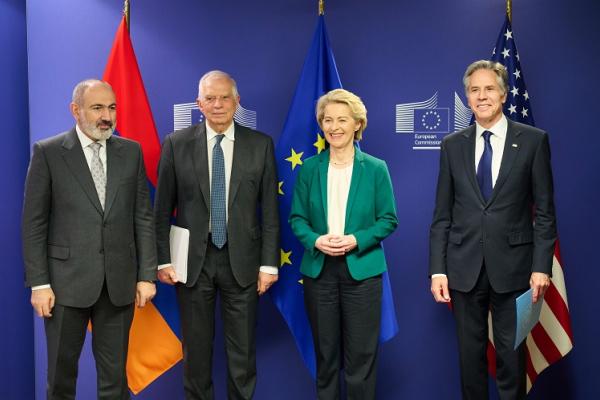Latest News

Following yesterday’s acknowledgement by the Foreign Affairs Council, the Commission is launching a dialogue on visa liberalisation with Armenia. This process will support Armenia in its long-term goal to achieve a visa-free regime with the EU.

President of the European Commission, Ursula von der Leyen, EU High Representative/Vice-President, Josep Borrell, Secretary of State of the United States of America, Antony Blinken, USAID Administrator Samantha Power, and Prime Minister of the Republic of Armenia, Nikol Pashinyan, met today, April 5



